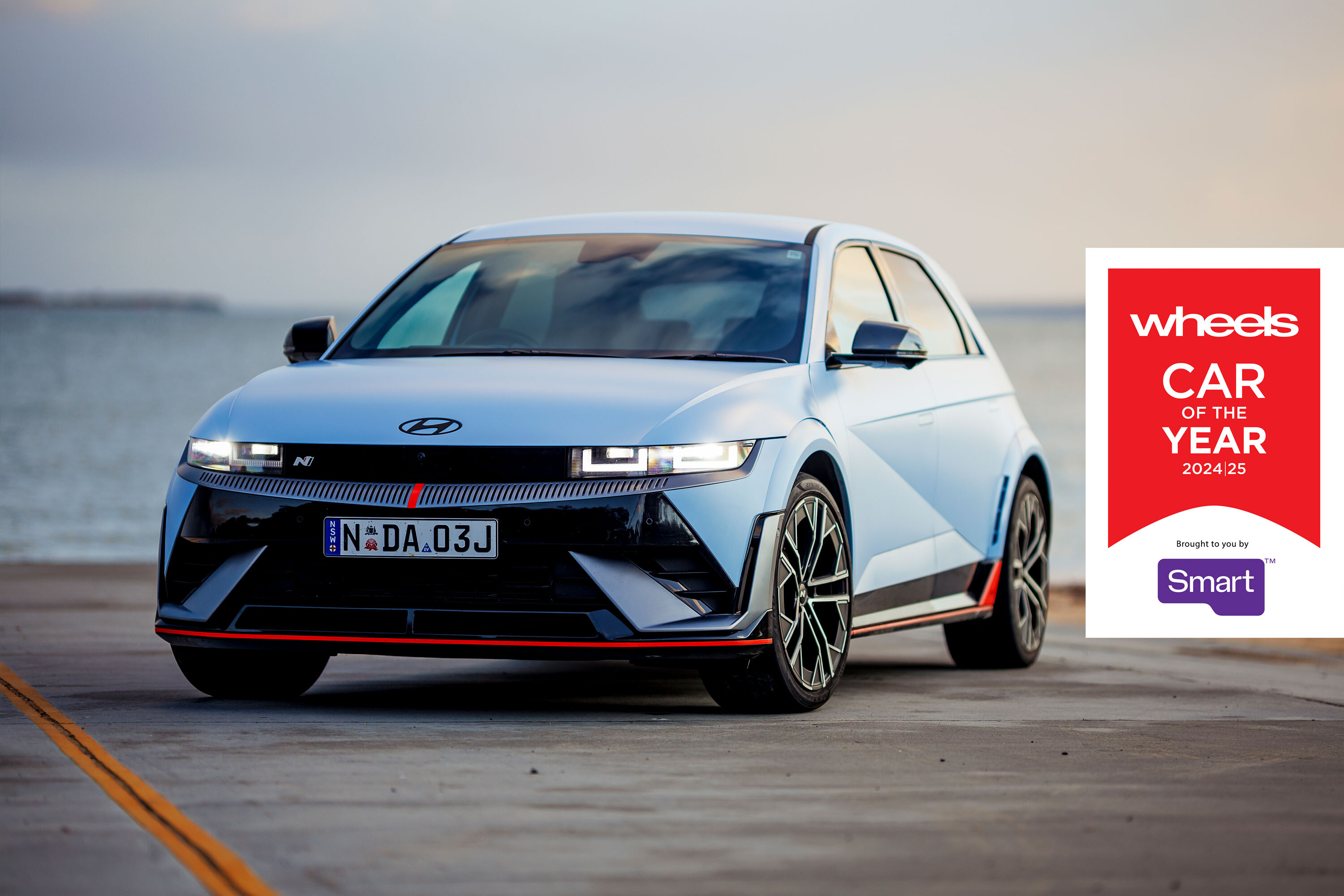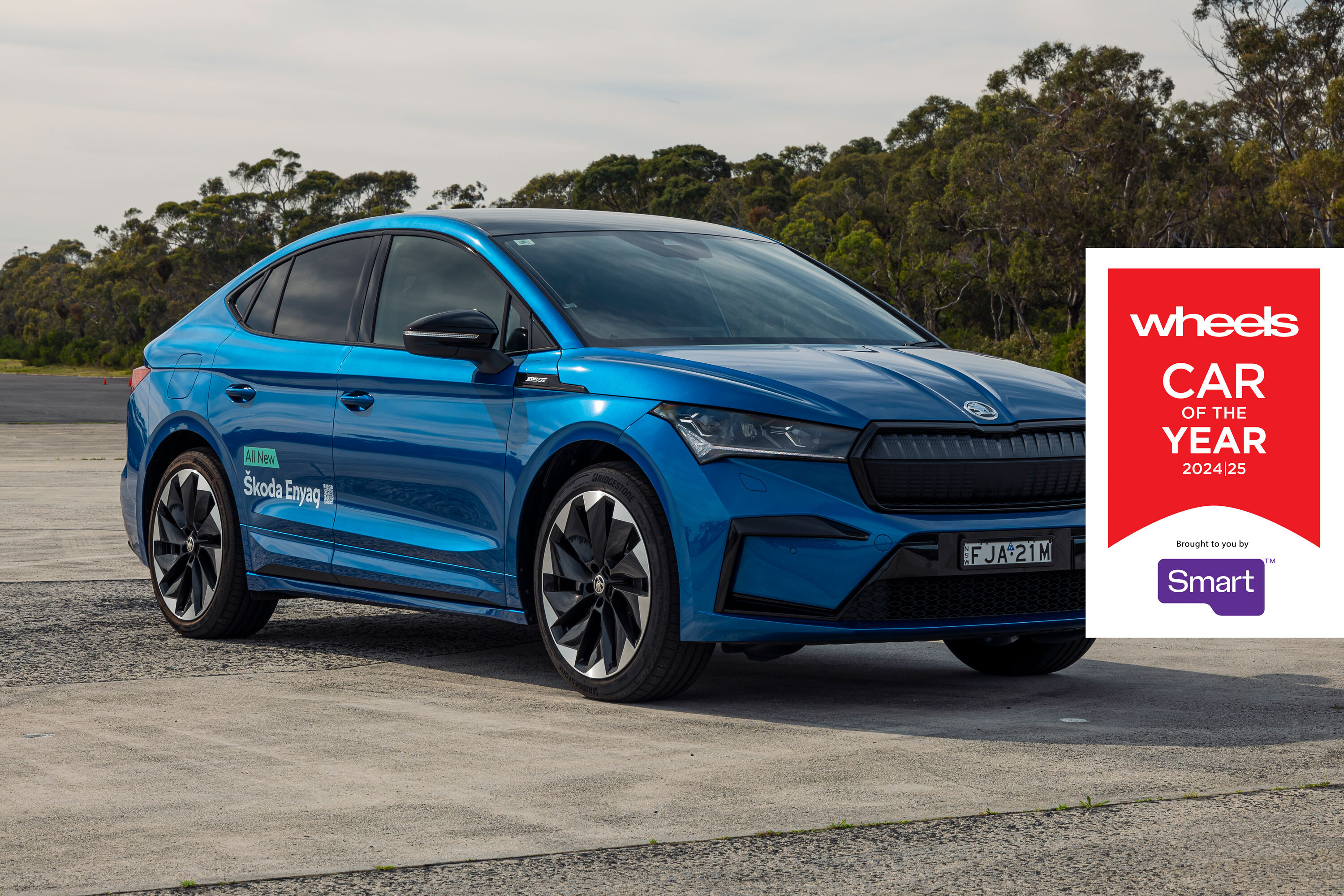Early this morning, wanting to avoid any potential trouble by walking through the dark to the Detroit motor show (with 330 murders in 2013, Detroit ranks with New Orleans as America’s murder capital), I rode the People Mover to Cobo Hall.
Something, possibly the fact that the old bookshop, a once favourite haunt between the Renaissance Center and the People Mover station, was long ago replaced by a chemist, reminded me that it’s 25-years since I first came to Detroit for the show.
That 1989 show transformed Detroit’s annual car event from a dealer display, largely only of cars produced by what was once called The Big Three, to the North American International Auto Show.
Most famously, 1989 saw the world launch of Lexus (LS400) and Infiniti (Q45) and the first public showing of the Viper concept car, largely created to distract journalists from yet another Chrysler slump.
Along with a dozen or so other hacks, I was a guest of Ford of England and it was my first international assignment after moving to Italy in December of 1988. We stayed in what was then the world’s tallest hotel, the 73-storey Westin, now the Marriott and again my base this year.
We spent two days at the show, drove a bunch of American Ford, Mercury and Lincoln models and meet senior management at the Glass House, Ford’s Global HQs in Dearborn.
On the plane across the pond I got talking to a Ford manager who quietly revealed that only months out from production start-up the much-heralded Ford Australia SA30 Capri program was in jeopardy.
According to my source, on-going quality issues, delays to the program and cost over runs meant Dearborn was considering cancelling the car. In the old world, before the immediacy of the internet, would this shocking story – for an Australian journalist the hottest of the show – hold for a monthly magazine?
It did and, of course, the Capri went ahead. But faced by Mazda’s MX-5, the Capri only went to 66,279 buyers, most in the USA. Dearborn’s perception that Ford Australia was responsible for the failure, directly impacted on any suggestions from Broadmeadows that the Falcon and Territory should be exported and thus played a role in killing the Broadmeadows plant.
This year, Ford of England brought only one British journalist to Detroit for the show: my old mate Steve Cropley, formerly of this address and for the past 21-years editor-in-chief of the UK’s Autocar magazine and one of the world’s greatest and best connected motoring writers.
Motor shows always present opportunities to interview senior executives – this year, travelling with BMW, I interviewed three BMW people (of which more later). The show highlight (apart from discovering surprise cars like the Toyota FT-1 and Kia GT4 Stinger) however, was the hour I spent with Cropley talking to Moray Callum, Ford’s recently appointed Vice President of design.
Callum succeeds J Mays, who successfully ran Ford design for 17-years but who, a senior Ford insider tells me, didn’t know he was about to retire.
I first meet Moray and his brother Ian a few months after that first Detroit event, at the 1989 Geneva show. Virtual unknowns, the Callum brothers worked at Ghia, Ford’s Italian design studio where Moray styled the Ghia Via, an influential fastback hatch created under the eyes of Ian, his design manager, and that year’s Ghia Geneva concept.
You could say the brothers, proud Scots, have Done Good. From late 2001 to mid-2006, Moray ran Mazda design, and played a key role in transforming Mazdas from bland to dynamic and sporty, the first generation 3 now recognised as an important near-classic piece of automotive design.
Today, Ian heads Jaguar design and little brother Moray, four years his junior, runs Ford’s huge design operations.
“We have the best looking range in a long time,” says Moray Callum, “we’re literally designing cars around the world. The important thing is that we (the designers) speak the same language and we agree on a common direction.
“But Ford (design) has never stood still, we don’t want to keep replicating ourselves. I’d say we’re in the middle of the current (visual) cycle. I need to look at three or four years away (for the generations after next). Today, we are good at allowing designers to do what they do. There is no danger of stagnating if we have something good.”
Callum, an inveterate car collector and a true enthusiast, recently bought a large shed to house his growing collection that includes an E-Type Jaguar, 1961 Lincoln Continental, an early ‘30s Ford V8 hotrod, step-down era Hudson and a 1961 Pontiac convertible.
“Is your Buick Rivera a ‘63 or a ’65?” I asked.
“Yes,” he laughed. He has both.
The next car on Moray’s list is Continental Mk 11, the classic mid- ’50s two-door coupe and one of the most beautiful and tasteful of all American designs.
“I wouldn’t buy an ugly car,” says Callum. Nor, I’ll bet, would he allow one to escape during his period at Ford.





